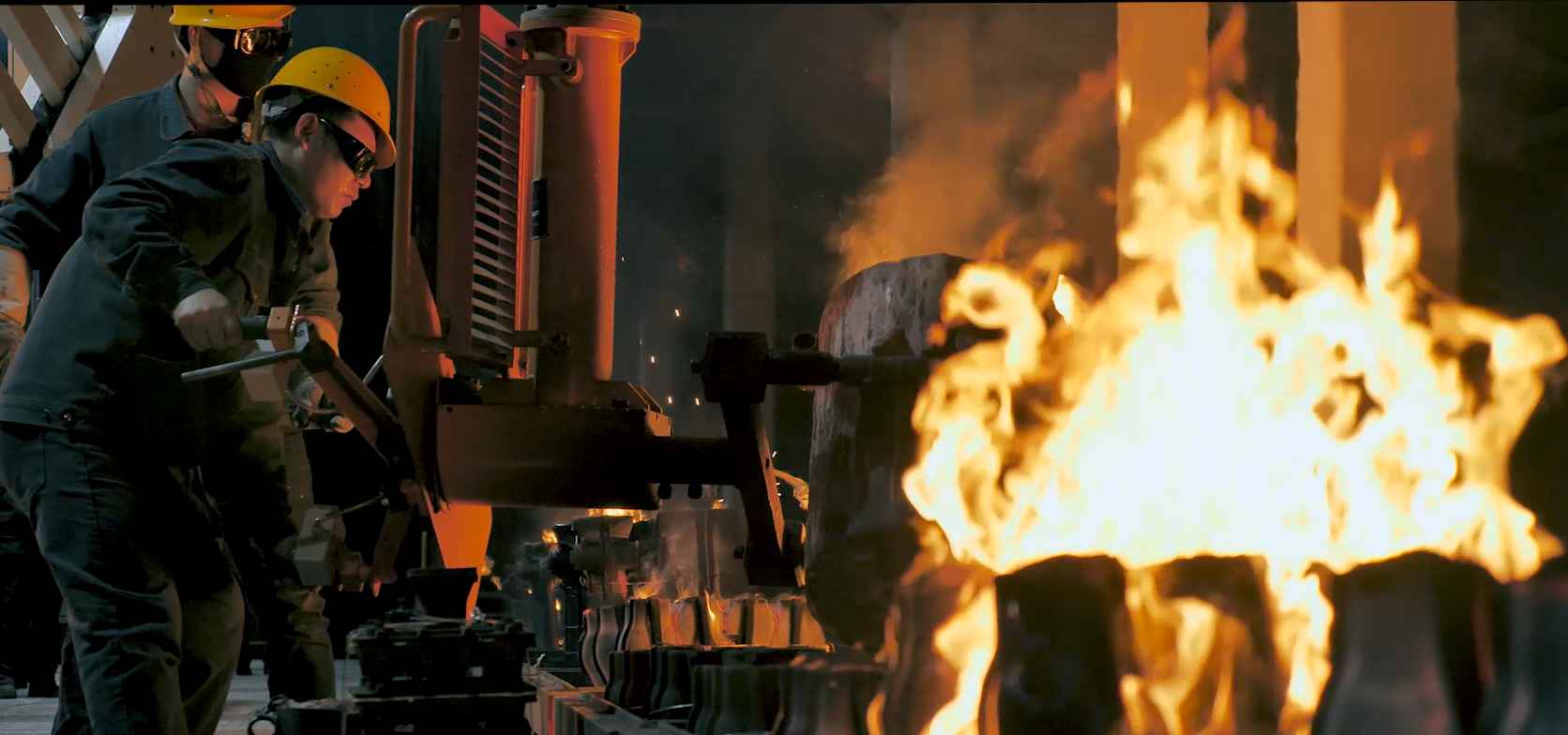The terms rising stem and non-rising stem refer to different types of valve stems used in valves, particularly in industrial applications like waterworks, gas, and steam control. The valve stem is the part that connects the valve actuator (or handwheel) to the valve plug or disc, and controls the opening and closing of the valve. Here’s a breakdown of the differences:
1. Rising Stem
Definition: In a rising stem valve, the stem moves upward or rises as the valve opens. As you turn the valve handwheel or actuator to open the valve, the stem visibly extends from the valve body.
Design: The stem is connected to the valve plug, which is part of the valve that opens and closes to regulate flow. As the valve is opened, the stem is lifted out of the valve body, and as the valve is closed, the stem is lowered back inside the body.
Applications: Rising stem valves are commonly used in applications where you need to easily visually inspect whether the valve is open or closed (since the stem moves visibly). Examples include gate valves or globe valves.
Advantages:
Clear indication of the valve's position (open or closed).
Suitable for larger valves and high-pressure systems.
Disadvantages:
Takes up more vertical space as the stem rises.
More mechanical parts are exposed to the environment, which can lead to wear and tear.
Example Valve Type: Cast Steel Gate Valves (often have rising stems).
2. Non-Rising Stem
Definition: In a non-rising stem valve, the stem does not move upward as the valve opens. Instead, the stem remains fixed in place, and only the internal mechanism (such as the valve disc or plug) moves within the valve body.
Design: The stem in a non-rising stem valve remains at the same position, and the movement of the valve plug or disc inside the valve body controls the flow. The position of the valve is not indicated by the stem's position.
Applications: Cast Iron Non-Rising Stem Gate Valve are used where there is a need for a more compact design or when the space above the valve is limited. They're often used in screw-down valves or ball valves.
Advantages:
Space-saving, as the stem doesn’t rise.
Less exposure to environmental factors.
Disadvantages:
Harder to visually determine if the valve is open or closed without a position indicator.
Requires more intricate internal mechanisms.
Example Valve Type: Cast Steel Globe Valves (some designs), ball valves, and some industrial control valves.
Summary of Key Differences:
| Features | Rising Stem | Non-Rising Stem |
| Movement of Stem | Stem rises when valve opens and lowers when it closes | Stem remains stationary, internal valve parts move |
| Visual Indication | Easy to see if valve is open or closed | No visible indication; may require a separate indicator |
| Space Requirement | Requires vertical space for stem movement | Space-saving, as stem stays at the same height |
| Applications | Common in gate valves, globe valves | Common in ball valves, globe valves, control valves |
| Advantages | Easy position indication, suitable for larger valves | Compact design, less exposed to environmental wear |
| Disadvantages | Requires more space, parts exposed to elements | No visual indication of valve position |
Conclusion:
The rising stem valve offers an easy-to-read indication of the valve's position, but it requires more space and exposes the stem to wear. In contrast, the non-rising stem valve is more compact and better suited for situations with limited vertical space, but it lacks a direct visual indication of whether the valve is open or closed. The choice between the two depends on the specific requirements of the application, such as available space, ease of maintenance, and the need for a visible position indicator.









